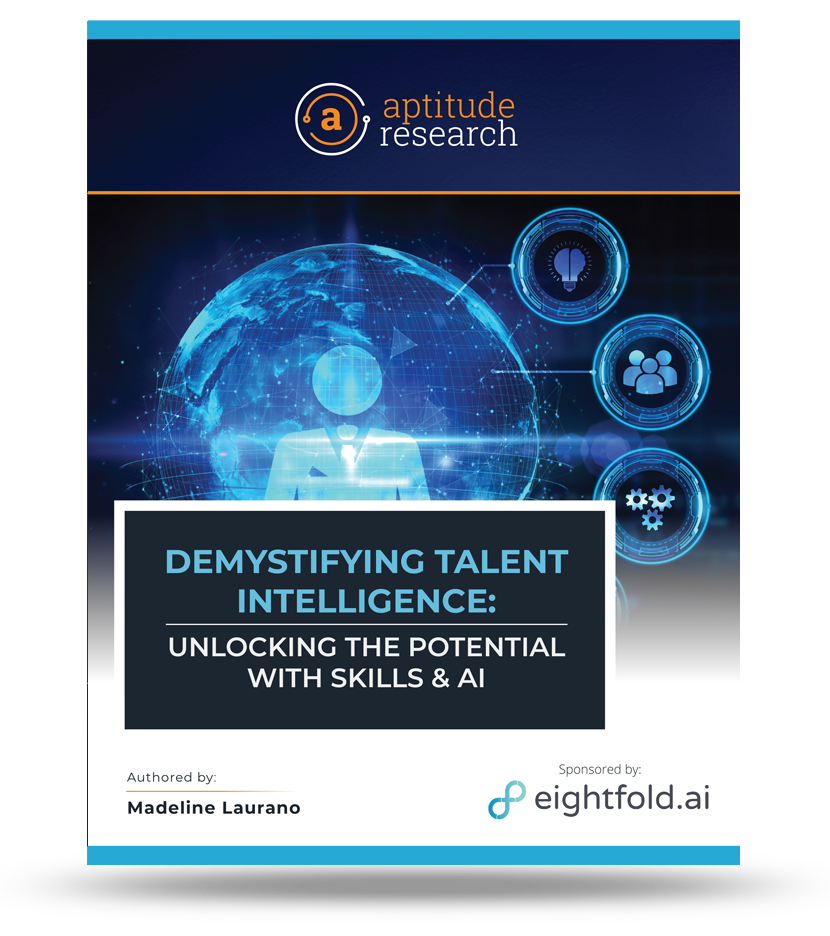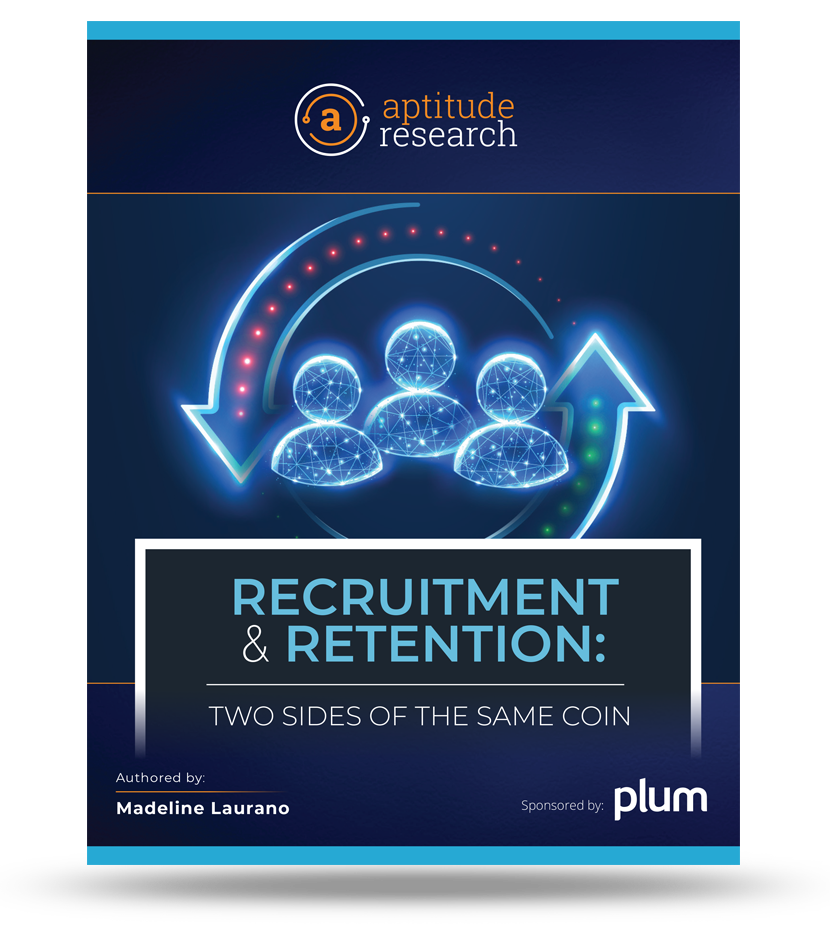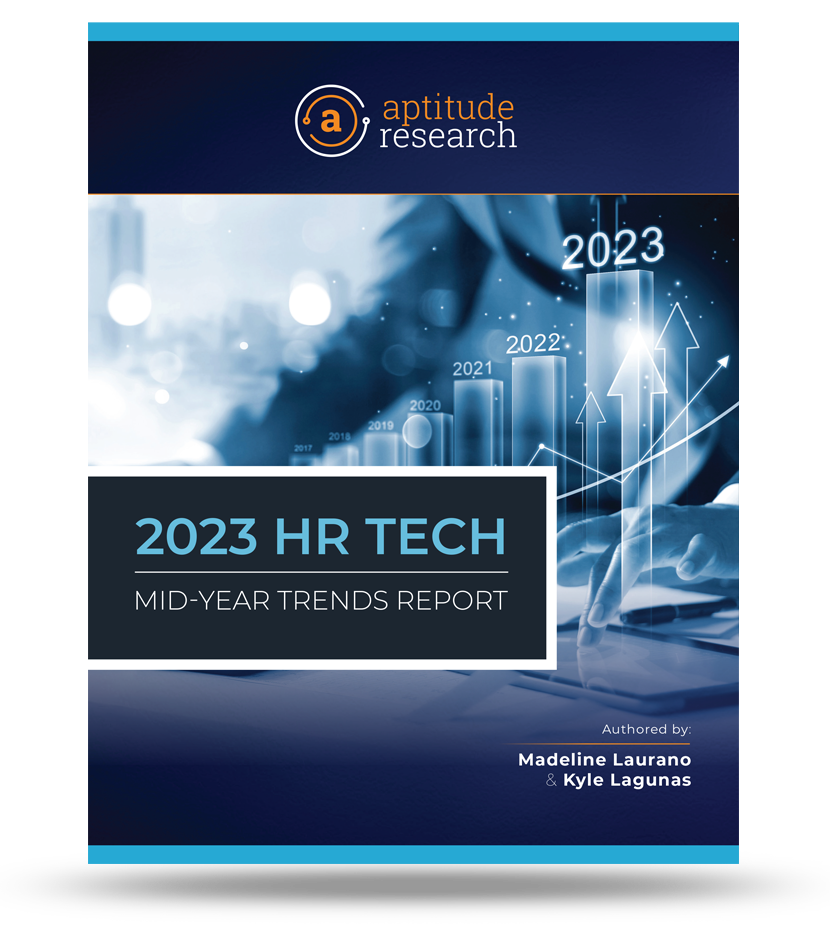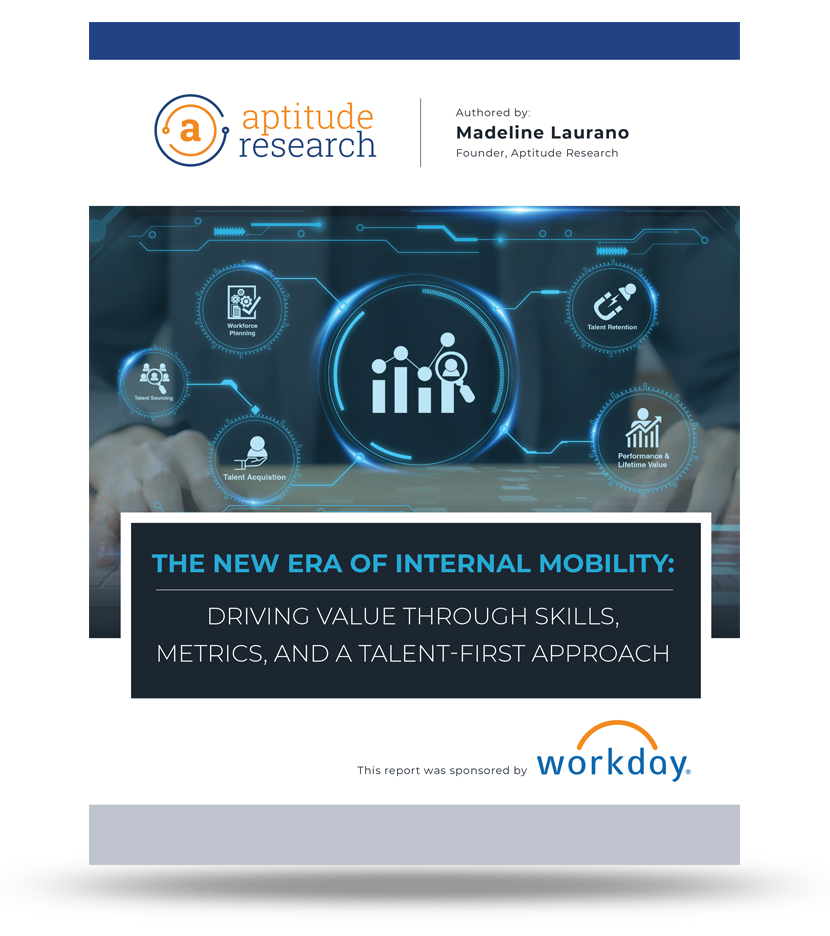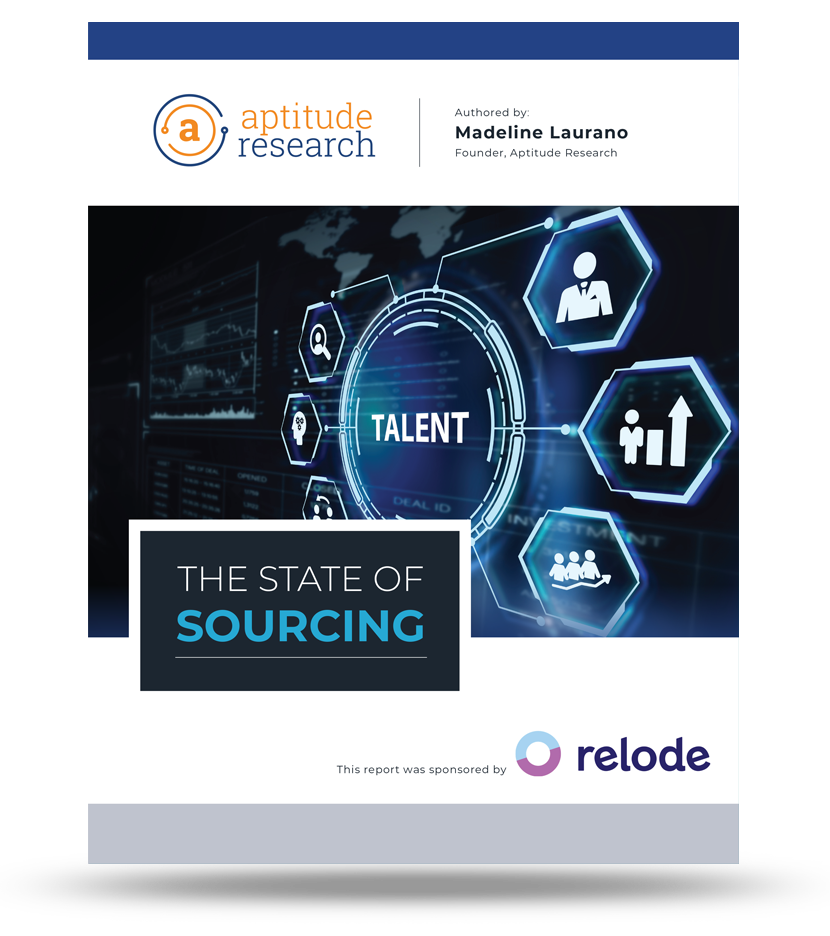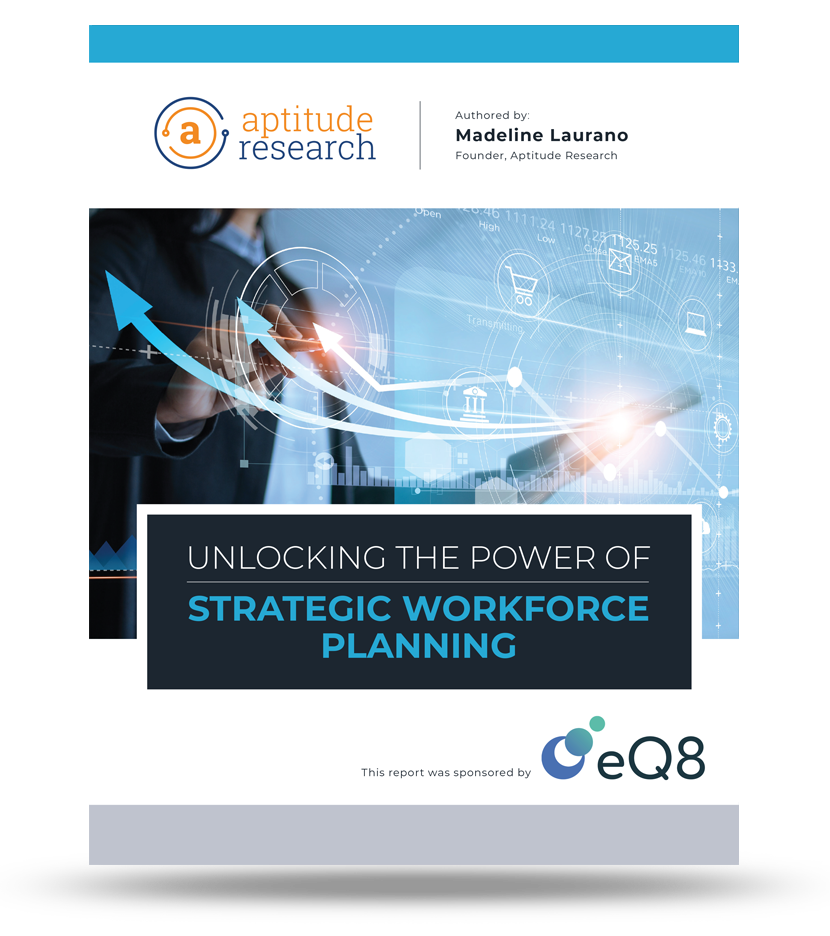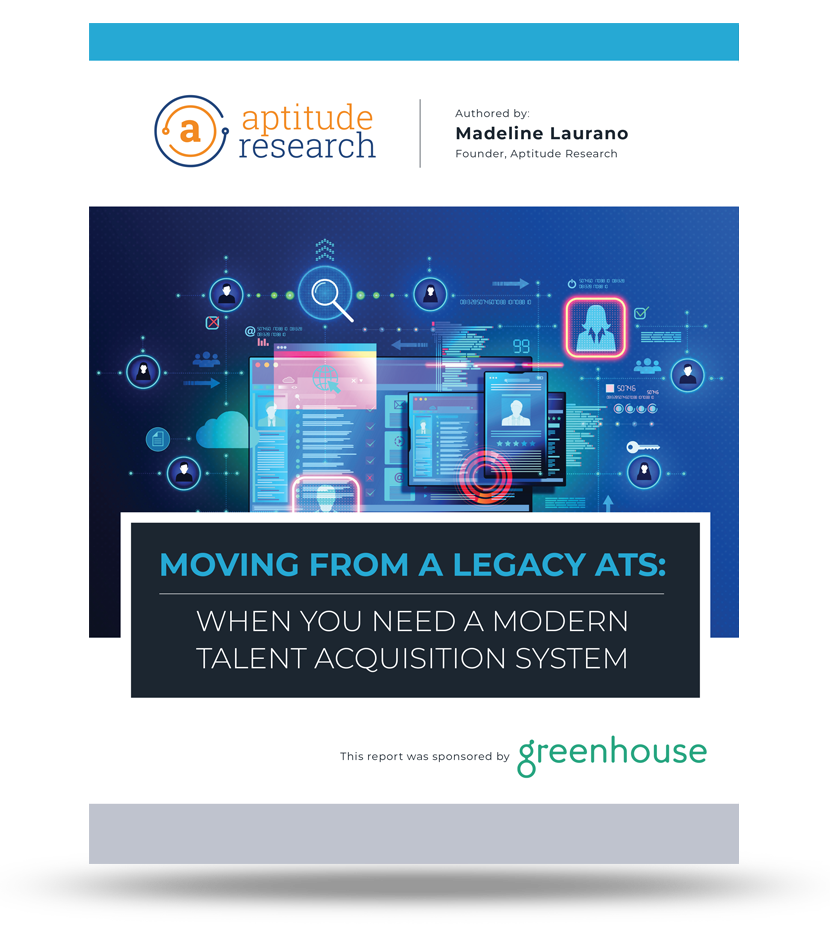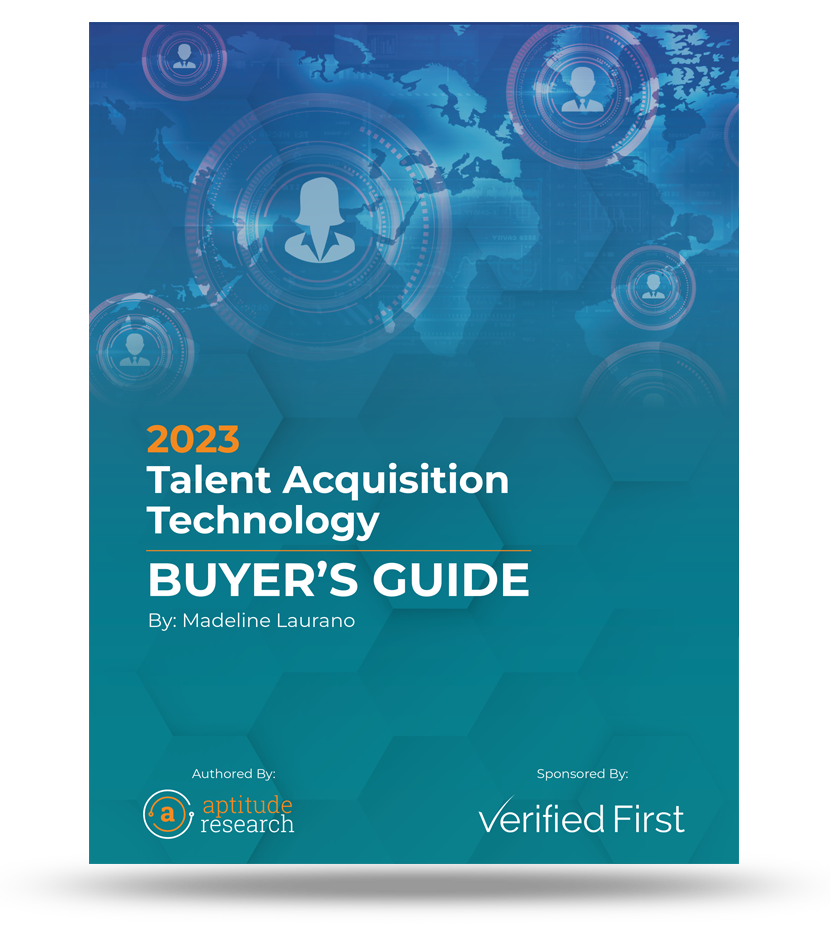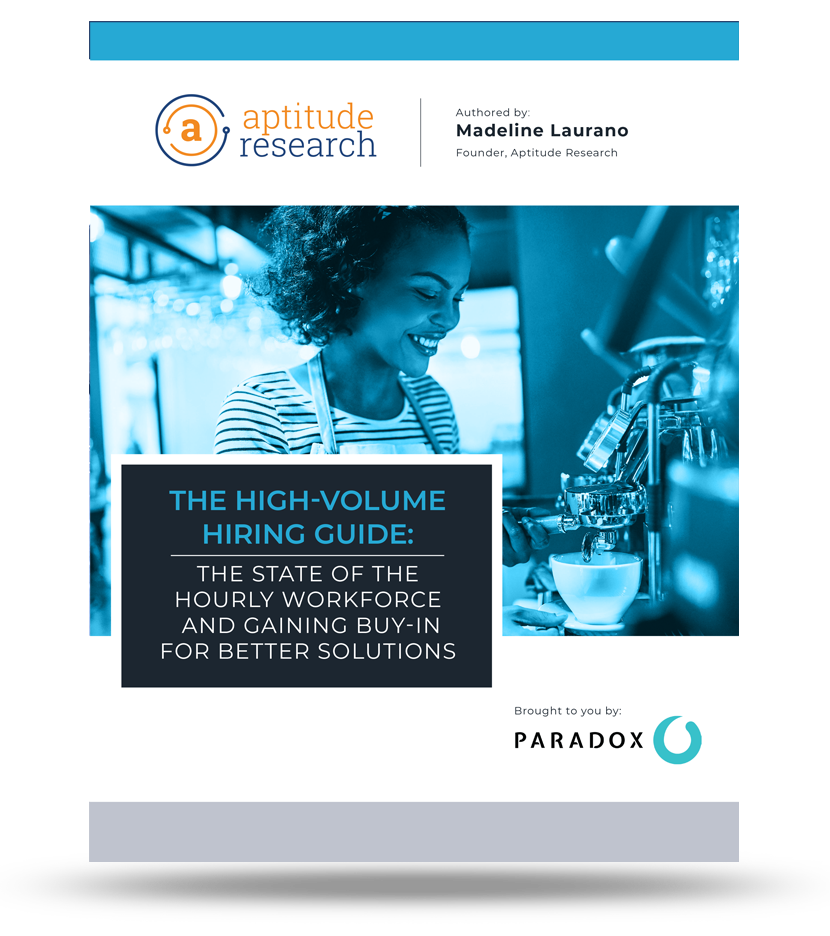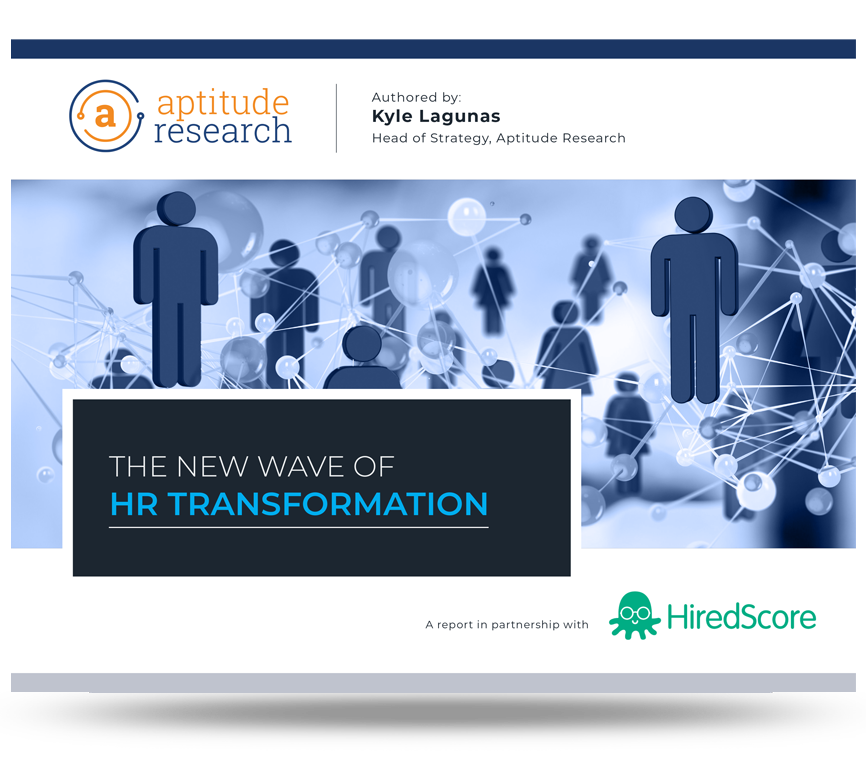Talent Intelligence is one of the fastest-growing categories in HR technology. A blend of experience, personalization, skills, and AI, it offers companies unparalleled insights into talent acquisition and management.
However, confusion continues to surround its definition and function. This report dives into the results of our recent research on how HR leaders perceive Talent Intelligence and their interest in applying it to their practices. We decode Talent Intelligence and its potential impact on businesses and individuals, explain why Talent Intelligence is crucial, and share real use cases and strategies.
